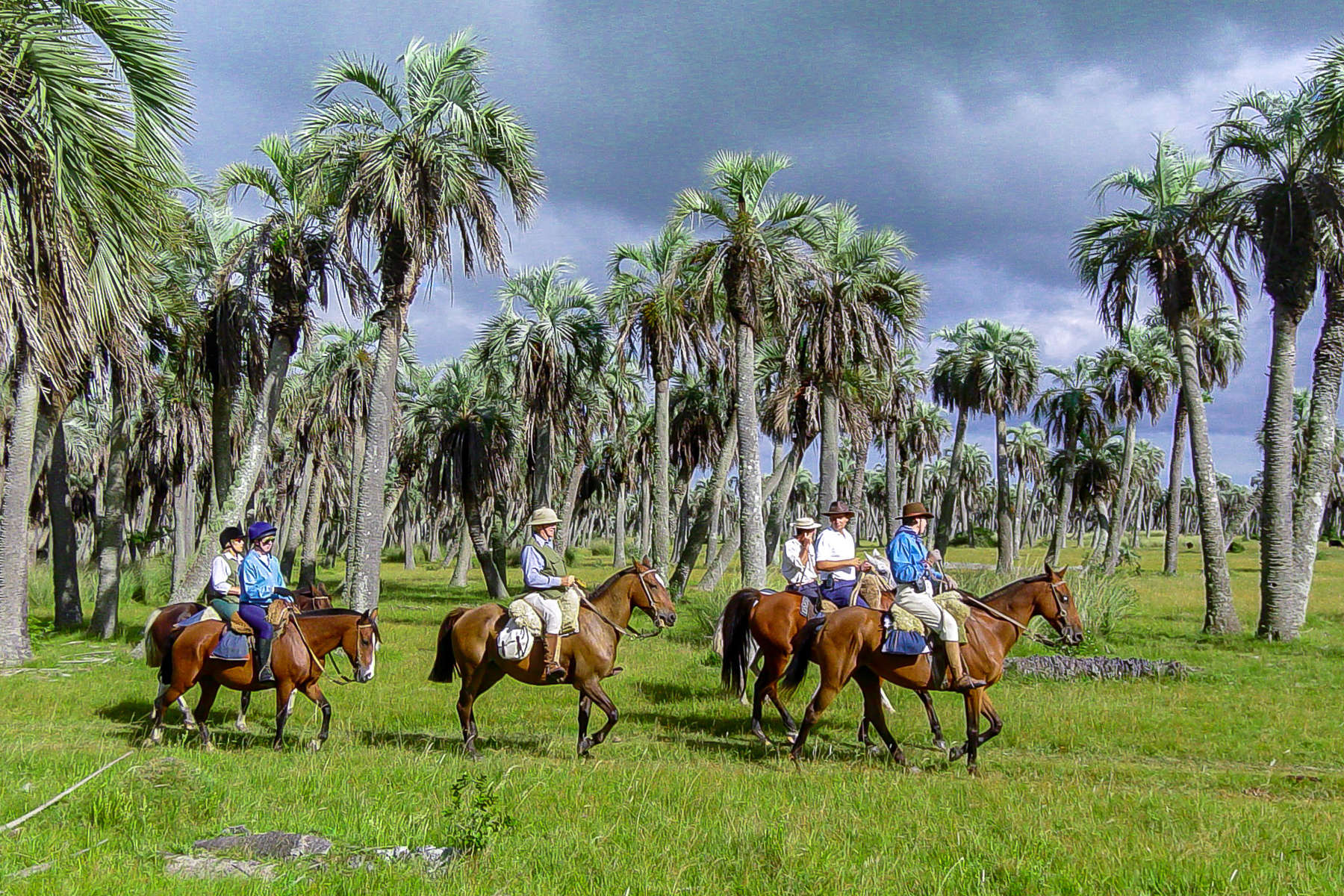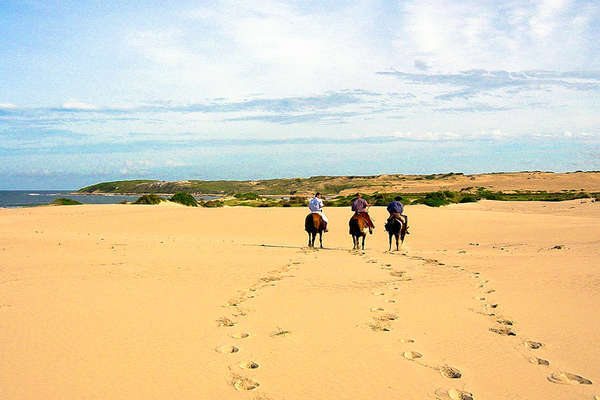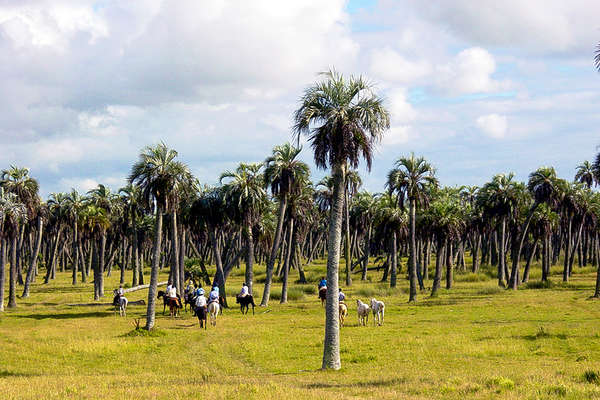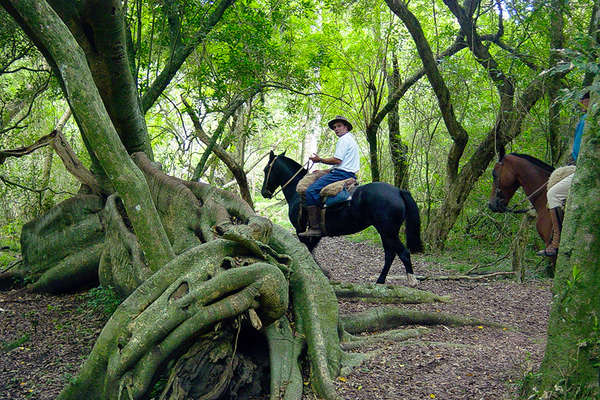

From the horse’s mouth
All trips

Visa & Health
Formalities
Addresses of consulates
- Paris | Ambassade d’Uruguay15, rue Le Sueur75116 PARISTél. : 01.45.00.81.37Fax :amburuguay.urugalia@fr.oleane.com
- Ambassade de France en UruguayAvenida Uruguay 853CC 290 MontevideoTél. : +598 21705 0000Fax :cad.montevideo-amba@diplomatie.gouv.fr
- Uruguayan embassy125 Kensington High StreetW8 5SF LondonTél. : 020 7937 4170Fax : 020 7376 0502
Health
Insurance
Voltage
Budget and money
Telephone and jetlag
Country information
Country ID
Socio-economical data
History
Geography
People, culture and traditions
Choosing the right riding holiday
Choosing the right riding holiday
Wherever you have ranches and cattle, you will have people on horseback tending to them. These people are called differently depending from where they come from: a 'Cowboy' if from the US, a 'Huaso' if from Chile, a 'Llanero' if from Colombia and Venezuela and a 'Gaucho' if from Argentina, Uruguay and southern Brazil.
The Gauchos are the men that work the cattle. Much has been written about the legendary gauchos that roam the pampas. The gauchos are said to be very skilled horsemen and are depicted wearing clothes that reflect their life on horseback: a wide hat, a woolen poncho, long pleated trouser ('bombachas') and knee-high leather boots.
Today, their traditions are still an integral part of the ranching areas of Uruguay. They even have an official holiday in their honour called 'Semana Criolla'. During this holiday, the gauchos come in to the city of Montevideo to show their lifestyle to the city folk, sell their wares, cook meat and of course to show off their rodeo skills!
On your trail ride in Uruguay, you will have the chance to spend a day with the local gauchos and discover their way of life, even trying your hand at cattle work!






